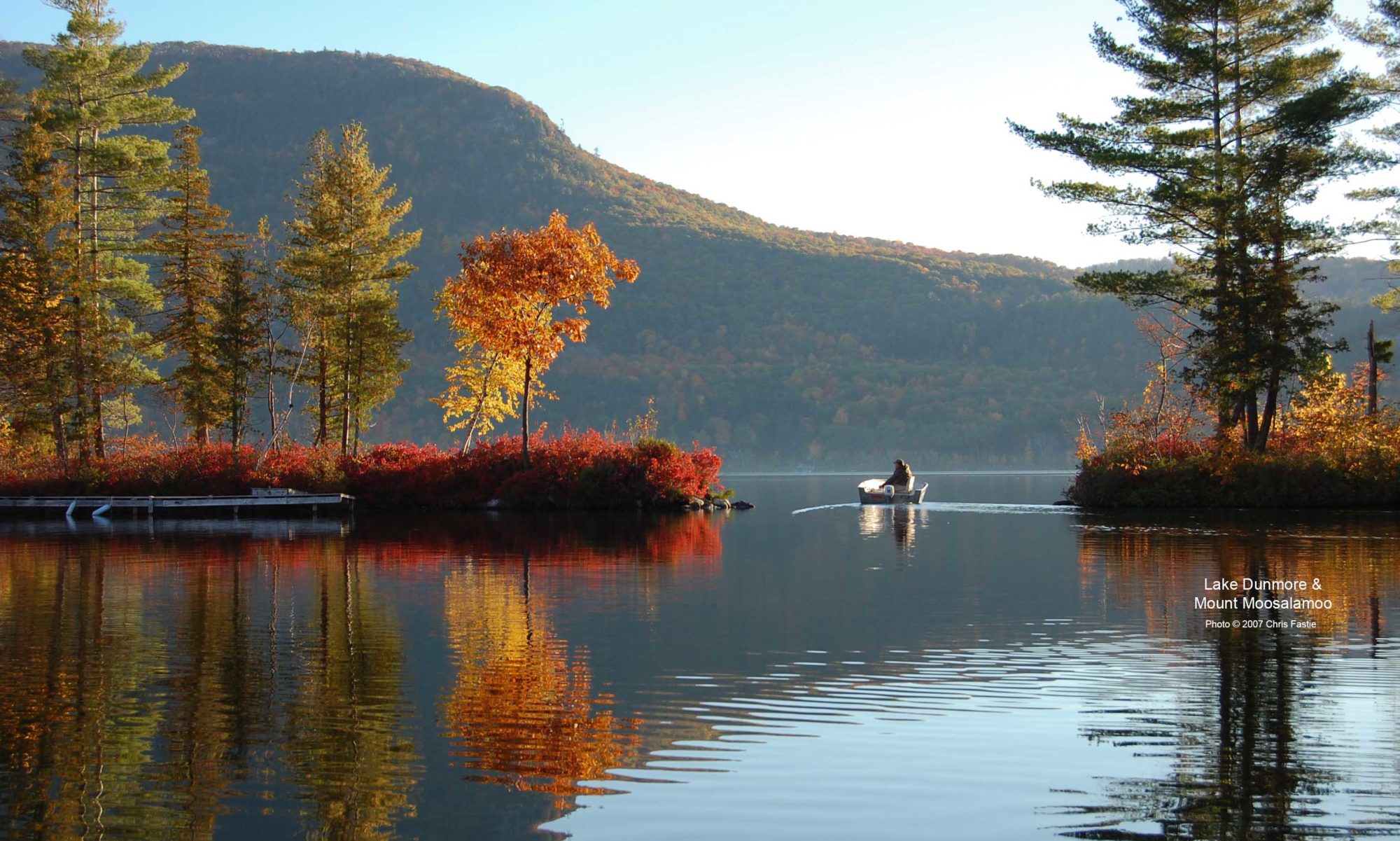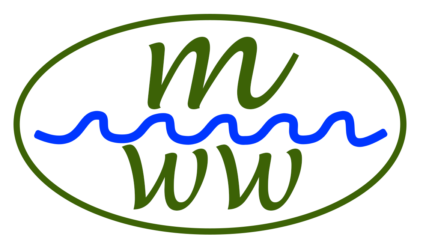This post by Brian Carter of Salisbury appeared today on Front Porch Forum.
This post is to bring more information to the discussion about the mosquito spray program, particularly the use of malathion, in Salisbury.
I live on Morgan Road and part of my property has been placed in a conservation easement to protect a unique concentration of salamanders. Four species, as well as frogs, spend the winter on this easement and migrate across the road in spring. This has become an event that attracts many people on a few designated nights each year to count and help move the amphibians across the road and out of any traffic.
We have been aware of the spraying that goes on, but until one event in 2017 didn’t have many details about the operation. On Sept 27 at 9:47PM we were surprised to see that a truck had come up our long steep driveway, and even more surprised when it turned around and began fogging the area with insecticide and returned down the drive. We were astounded that anyone would assume they could do this on private property without permission. We then began a brief exchange with the BLSG about this event, and were informed that we would have to register with them each spring to avoid having our property sprayed. We had understood that roadside spraying was typical, but it never occurred to us that spraying private land, including yards and gardens, could be considered an option for the spray truck drivers.
This led us to look for more information about what was meant by “adulticides”. Having worked in commercial orchards I’m familiar with many of the chemicals used and the ideas behind managing insect populations. I’m quite familiar with malathion, which it turns out is the adulticide in question, since it was popular even thirty years ago. It was favored for it’s relatively low toxicity, at least compared to other pesticides, but became controversial first in 1989 when it was sprayed over most of the fruit growing regions in California to try to stop the invasion of the Mediterranean fruit fly.
As with most such things, time has provided much more experience and study. Though malathion still is a legal pesticide, available even to homeowners, it can hardly be considered harmless. Just as I sat to write this I found a story in today’s New York Times which cites studies by the US Fish and Wildlife Service that concluded that of 1663 species listed as endangered or threatened in the US, 1284 are put in jeopardy by the use of malathion.
To return to where I began, amphibians are especially in jeopardy from malathion because they have porous skin which allows them to absorb water and oxygen, but also other substances, including chemicals. Though malathion is considered safe for mammals, it’s not safe for them. BLSG maintains that the method they use to deliver the malathion is meant to particularly target flying mosquitoes, but any spray will disperse and settle out in the environment, especially over water. It will also kill non-target insects, including pollinators, who may encounter it later. There is a residual effect for both malathion and permethrin, otherwise they would be much less effective. Permethrin is a synthetic version of pyrethrum, a natural pesticide which is only effective for a brief time, mostly less than a day.
So we have opted out of the BLSG program and have not noticed a serious change in mosquito numbers, despite living beside the Salisbury Swamp. The aerial application of larvicide may do some good, but it’s hard to imagine that the spraying is worth the cost in money or the threat to other life.

